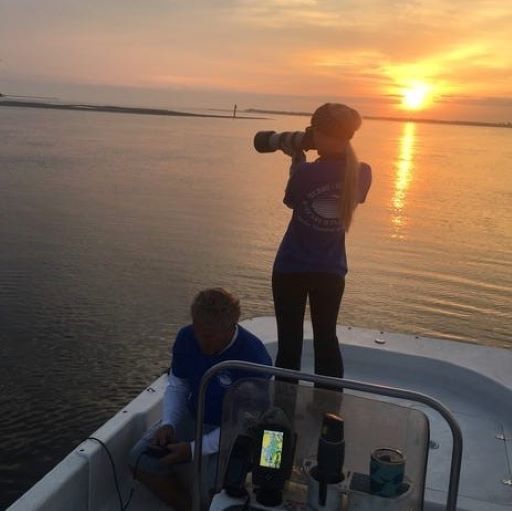
First use of satellite telemetry to monitor dolphins in the Indian River Lagoon
 While cetaceans have been extensively studied around the world, nocturnal movements and habitat use have been largely unaddressed for most populations. This study was the first to utilize satellite telemetry on Indian River Lagoon dolphins and provided the first detailed insights into the nocturnal movements and habitat use of this population.
While cetaceans have been extensively studied around the world, nocturnal movements and habitat use have been largely unaddressed for most populations. This study was the first to utilize satellite telemetry on Indian River Lagoon dolphins and provided the first detailed insights into the nocturnal movements and habitat use of this population.
We used satellite telemetry to examine the nocturnal movements and habitat use of four bottlenose dolphins (Tursiops truncatus) from a well‑studied population in a complex estuary along the east coast of Florida. This also enabled us to explore the utility of satellite tracking on an apex predator within a very narrow and convoluted ecosystem. Our objectives were to evaluate (1) nocturnal home ranges and how individual dolphins moved within them, (2) nocturnal utilization of habitats surrounding ocean inlets, (3) nocturnal movements outside of the population’s known range (i.e., the study area), and (4) nocturnal use of select environmental variables.
Our findings suggest that while individual dolphin home ranges may overlap, they use different foraging strategies, feed on different prey, and/ or exhibit intraspecific resource partitioning. In contrast with a prior study, all tagged dolphins showed considerable movement into the adjoining ocean and freshwater sources. This suggests this population has a much larger range than previously thought, which is important to consider for future research and conservation efforts.
